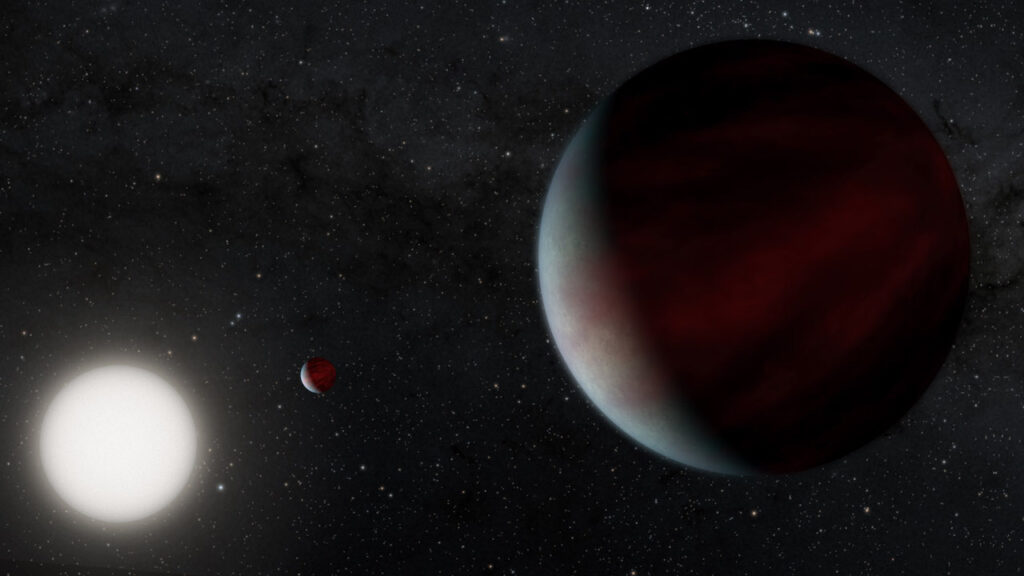An international team of researchers announced the discovery of two previously unknown exoplanets. They are gas giants which orbits pass at a considerable distance from their stars.

The discovery was made as part of the Distant Giants Survey project. Its goal is to search for distant gas giants near sun-like stars that have small exoplanets in close orbits. Thus, the researchers try to understand how common systems are, in which both these and other bodies exist at the same time.
To do this, astronomers took a sample of 47 stars in which the TESS telescope had previously detected transiting exoplanets in close orbits. For three years, they were observed using the HIRES spectrograph (it is installed at the Keck Observatory) in order to determine deviations in their radial velocity caused by the gravity of still unknown bodies. As a result, the researchers were able to confirm the existence of two gas giants in the TOI-1694 and TOI-1699 systems.
TOI-1694 is a yellow dwarf located 406 light-years from the Sun. The newly discovered gas giant has a mass 1.05 times that of Jupiter, and its orbital period is 389 days. The system also has a hot sub-Neptune, which radius is 5.44 and its mass is 26.1 times that of Earth. Its circulation period is 3.8 days.
As for TOI-1669, it is an orange dwarf 362 light-years from the Sun. The gas giant found by astronomers has a mass of 0.57 Jovian and an orbital period of 502 days. As for the inner exoplanet, it is a sub-Neptune, which radius is 2.4 times the radius of the Earth, and the period of rotation is 2.7 days.
You can also read about how astronomers predicted the death of an exoplanet.
According to https://arxiv.org
Follow us on Twitter to get the most interesting space news in time
https://twitter.com/ust_magazine

